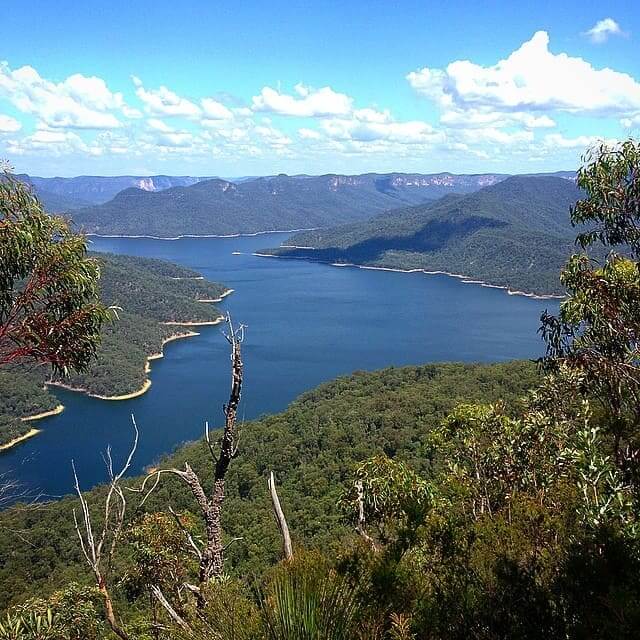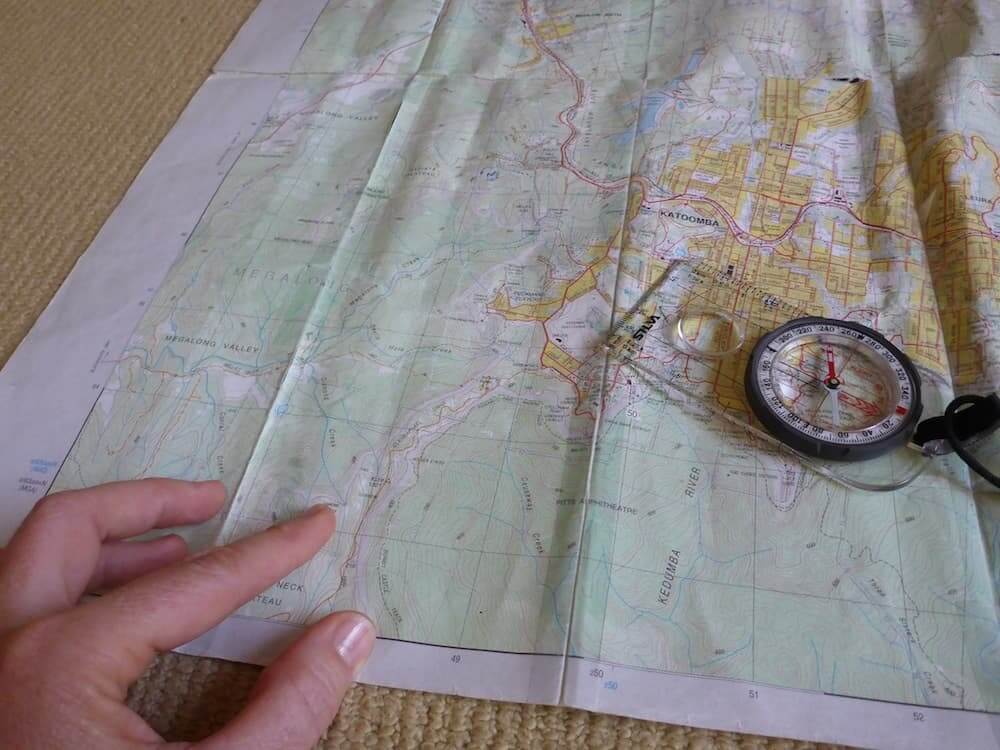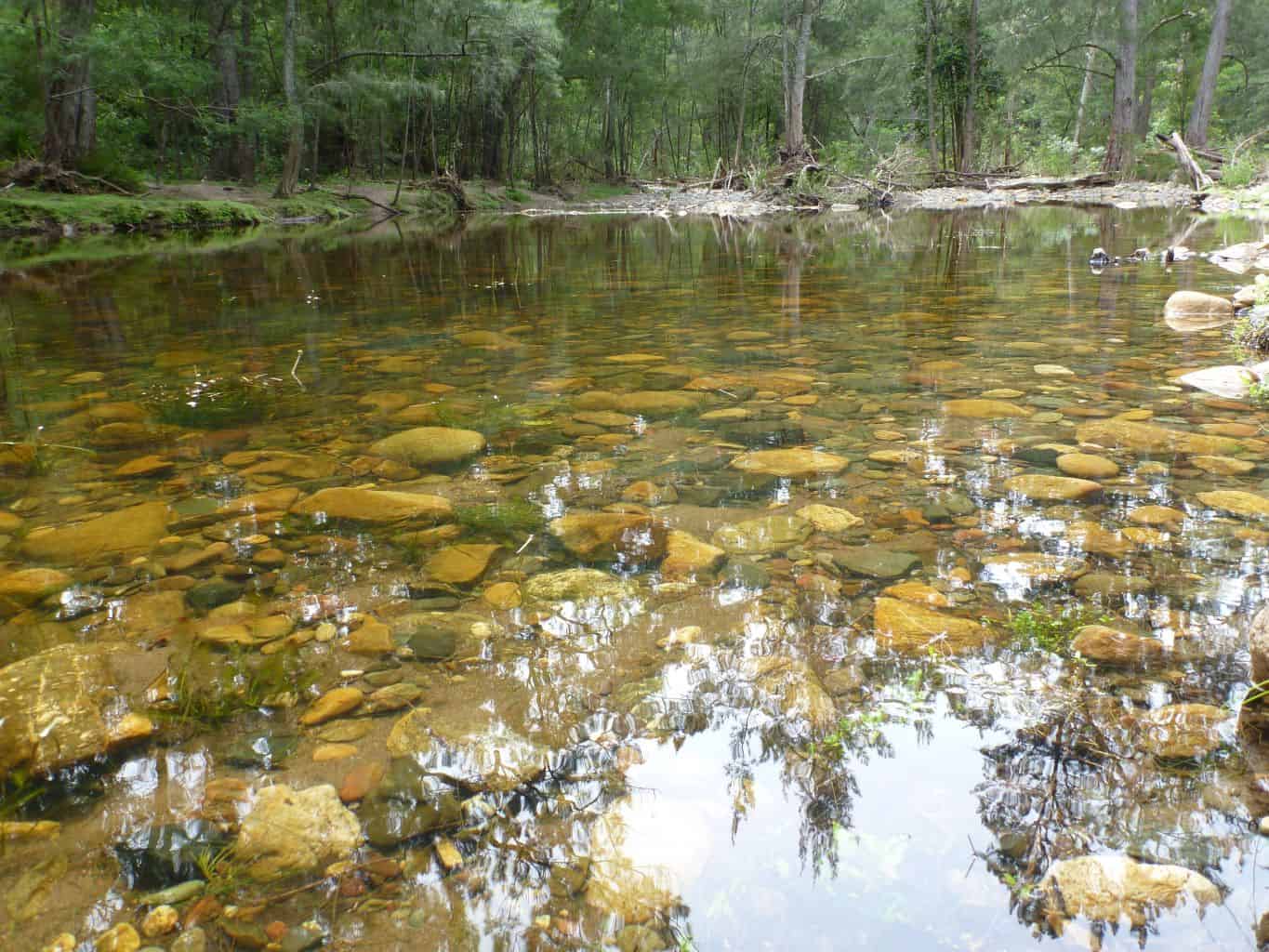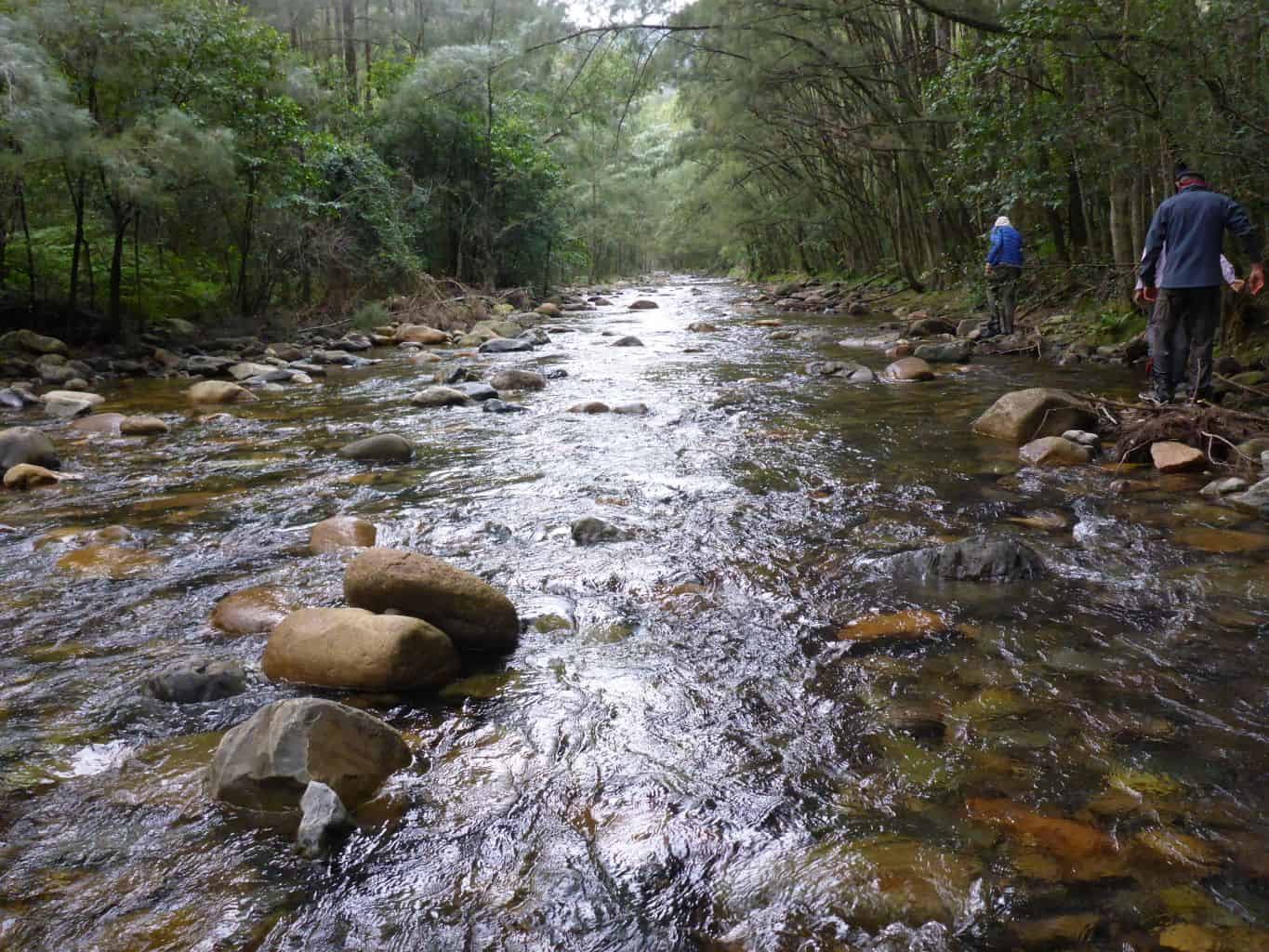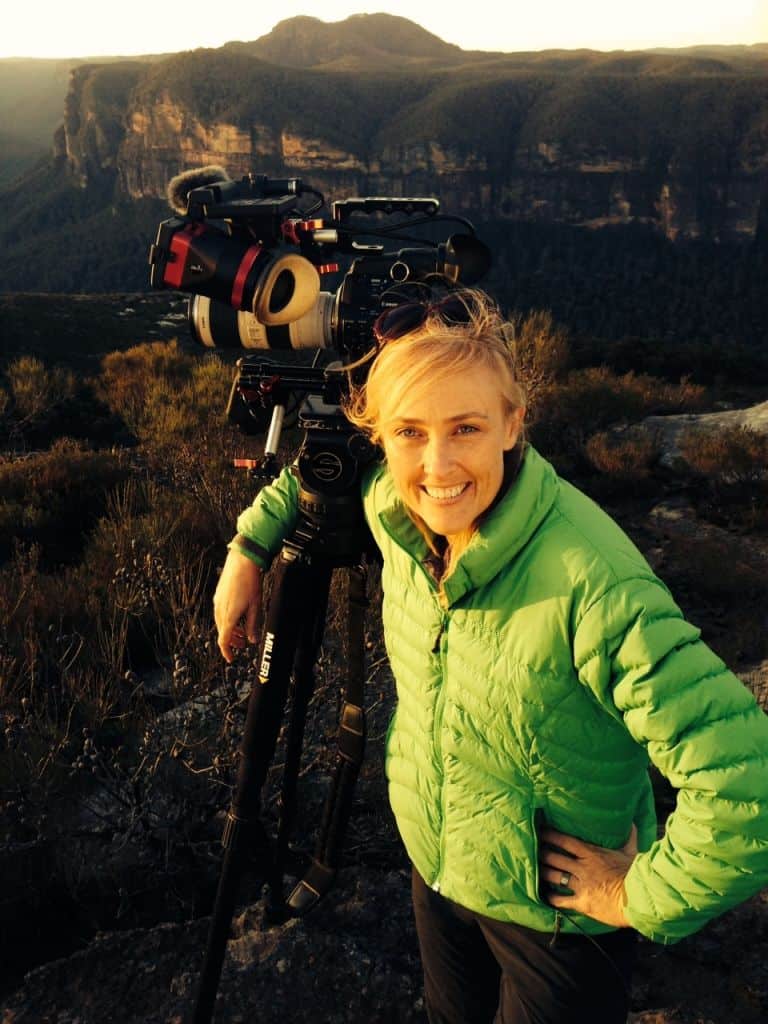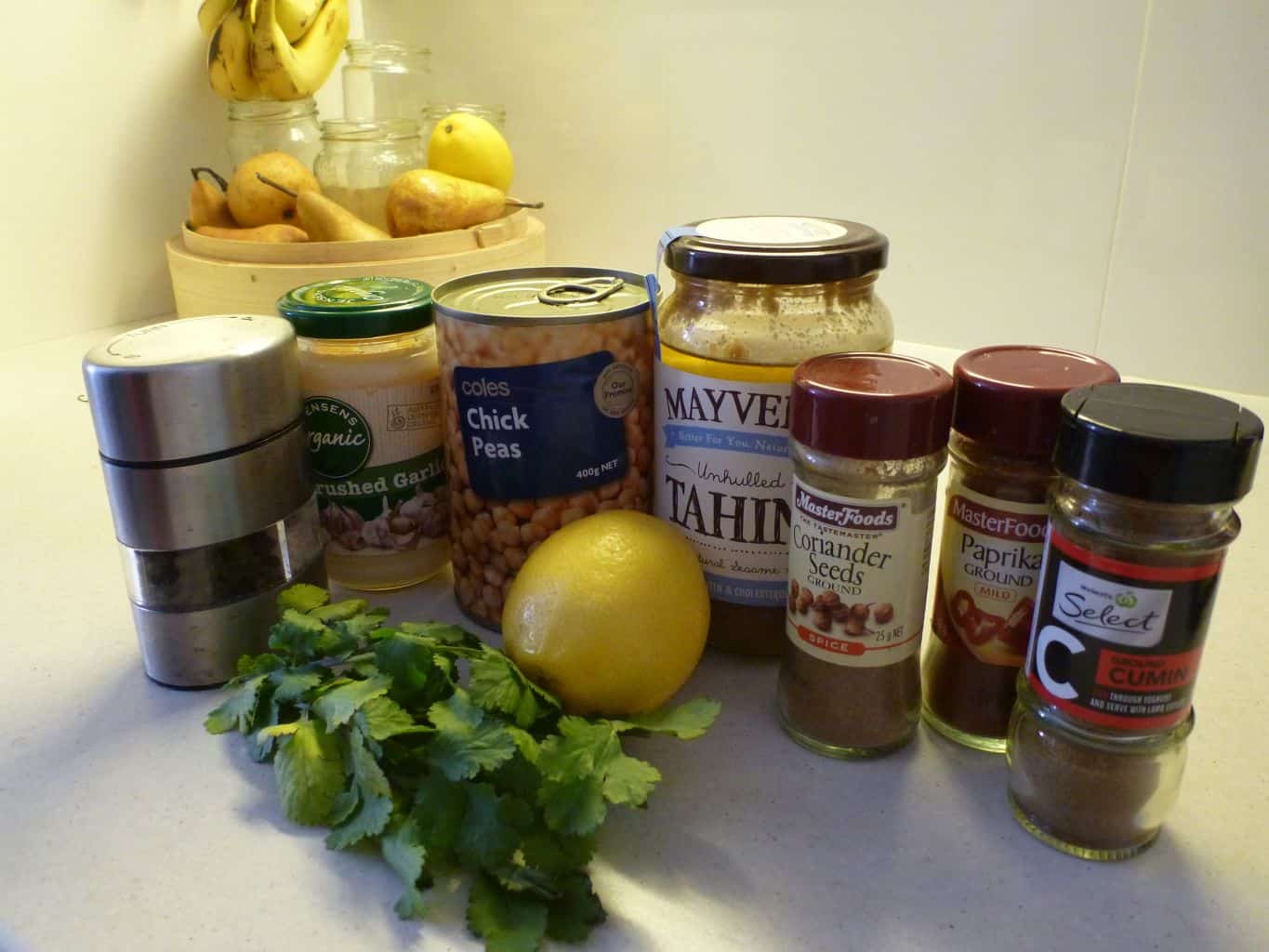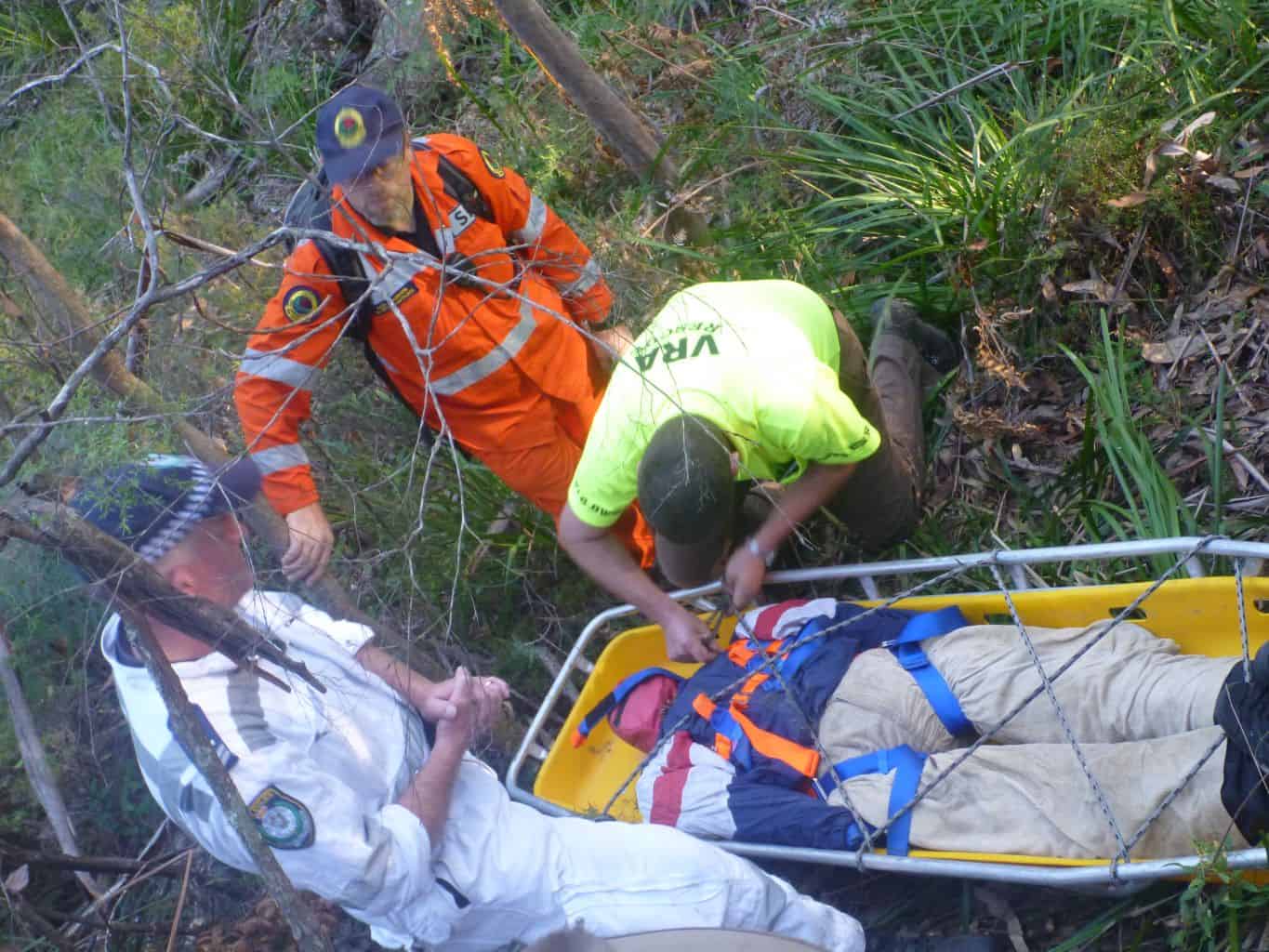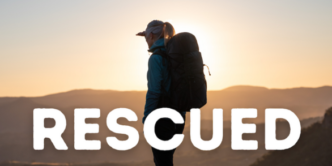Living here in Australia, a country that is ironically surrounded by water, with a bloody great desert in the middle and frequently parched by drought, I now take it for granted that I need to carry a good amount of drinking water on hikes and need to know how to treat drinking water that I gather along the way.
I got a surprise when I received a comment from a New Zealand reader, when I mentioned that I sometimes take 3+ litres on bushwalks in Summer. This is only when I can’t confirm that there’s going to be any water to gather along the track and the temps look like being above 27C, but even that isn’t a hard and fast rule.
Although there are nasties in some rivers and streams, like cryptosporidium or giardia, I try not to feel too smug (OK, maybe just a bit!) when speaking with overseas outdoorsy types and tell them that we can still drink straight out of some creeks and rivers, without treating the water first. This is one of the reasons that I love walking in the more remote parts of the Blue Mountains and Kanangra-Boyd National Parks (and many other spots in Australia). It’s just one of the many rewards of the physical efforts required to get to such places… woo hoo!
How do you know if water is safe to drink?
As much as it would be helpful to have a little red or green light, magically suspended above a water source to let you know if it was likely to have you driving the porcelain bus for a week or not, Google haven’t figured that one out… yet.
Essentially, I don’t think there’s any way of knowing 100% if water is going to make you sick or not. Whenever I drink from natural water sources, I take a calculated risk and run through some questions in my mind:
1. What’s Upstream?
This is where being able to read a topographic map can be really helpful. Even if you’re miles from any town or human settlement, look at the catchment area for the water. What’s draining into it? Is it grazing land with cattle? Farmland with potential for pesticides and other agricultural chemicals? What about mining?
2. What’s the history of the catchment and area?
So, there might not be farming there now, but maybe there was recently or there could be an old mine with ground water and mine tailings now washing through into the creeks (eg. Grose River, Blue Mountains NP) or even an old sewerage treatment works like Hat Hill Creek at Blackheath… yummy!
3. What’s the current usage and traffic of the catchment?
Although a spot might be in a National Park, it may have a popular camping spot where not everyone (you know who you are… Grrrr!) practices good toileting and hygiene habits. It might also be home to brumbies or wild pigs.
4. What does it look like?
Now, I’m no ecologist or scientist so my knowledge of the creatures that live within water is extremely limited… OK, it’s non-existent, but I do know that if you have a good working knowledge of such things, there are some little critters that can indicate the relative safety of the water. For myself, I stay away from those indicators… it’s safer, and one thing I never do is judge the safety of a water source by how it looks.
In my early days of hiking, (before I could read a toppo and learnt that we were only 1km from a great drinkable flowing creek out of a natural spring) I was forced to drink from a hideous black, non-flowing, mosquito ridden, damn, with a tasty layer of diesel fuel on top. Let’s just say, that like Huon Hooke, I would say that it left an interesting after taste (!), but strangely, it didn’t make us sick.
Contrasted with the time I ended up with a particularly explosive dose of liquid diarrhoea (TMI) from drinking a crystal clear, free flowing creek 100m upstream from a popular campsite in a National Park.
Lesson learnt.
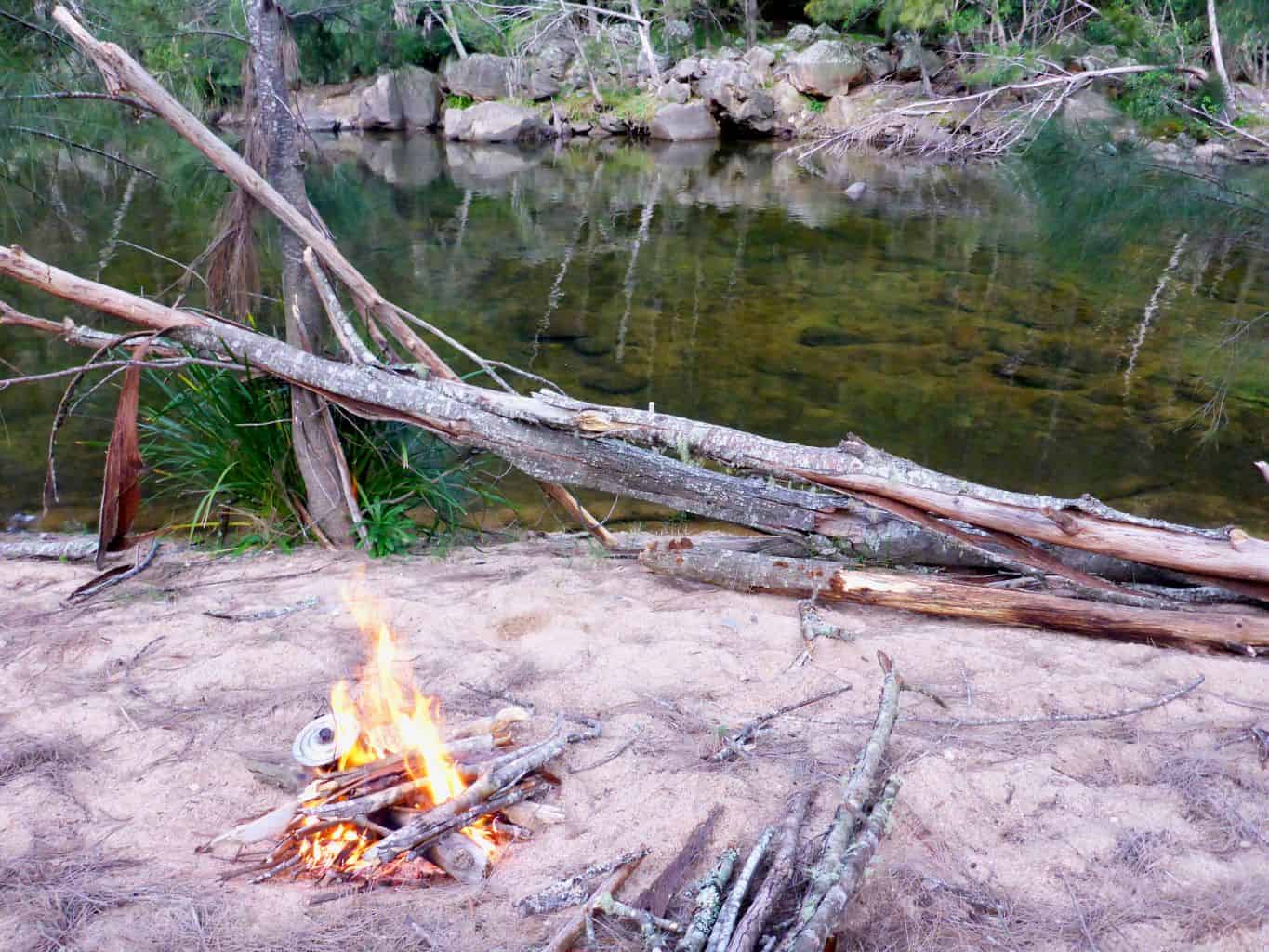
How to Treat Drinking Water
There are several different ways for treating drinking water that are popular with bushwalkers and hikers.
Personally, because I like to practice lightweight hiking, the two easiest methods that work for me are:
1) Tablets
- I use Micropur Forte from Katadyn
- lightest and easy
- read instructions but generally have to wait 30mins before drinking
- have expiry dates
2) Boiling
- Must hold at a rolling boil for minimum of 1 minute.
- Duration of boil increases with altitude.
- Tip: boil water at night for next day’s supply, so you need to have enough containers to do so.
Other popular methods are:
3) Iodine Drops (Betadine)
- It’s usually in your first aid kit anyway
- 4 drops per litre (based on Betadine being a 10% iodine solution)
- Leave the lid off the water to let the smell/taste disappear
- Not good for people who are allergic to iodine (could include people with shellfish allergy), pregnant, on Lithium or over 50 yo.
4) Steripen (battery operated)
- Uses UV light which messes with the DNA in bacteria, viruses and protozoa making them unable to reproduce.
- Removes 99.9% of bugs
- Rechargeable
- Lightweight recommendation: Steripen Pure+ purifies 1/2 litre at a time, is only 76 grams and has rechargeable batteries
- The Steripen Ultra (141 grams) will purify 50 litres (in 1/2 litre batches) before it needs recharging.
5) Chlorine Drops
- Aquamira Drops (Chlorine Dioxide) are popular in the US, less so in AU.
- 4 year shelf life
6) Water Filters
- I have a Lifestraw Universal filter as a backup
- I always carry a wide mouth Nalgene bottle (in case my hydration bladder has a hissy fit) and simply have the filter attached to it permanently.
- If you need to purify larger amounts (say, for a group) then a water filter that includes a small hand pump will be a better bet, like an MSR Miniworks or Katadyn Hiker Pro.
If you’re really interested in going into the different methods for how to treat drinking water, you’ll find a whole lot of websites dedicated to the stuff if you do a bit of Googlin’. Including people arguing at lengths about the pros and cons of each method.
For me, I just want something fast, easy and lightweight. I don’t care too much about taste… so suck it up princess.
Now, for obvious reasons I’m not going to tell you not to treat drinking water. We’re all grown-ups (mostly) and need to take responsibility for our own actions – wise or otherwise – and if I’m ever in doubt, I will always just pop in a Micropur tab. They’re lightweight, tiny and a good insurance policy against some serious squattin’ time!

